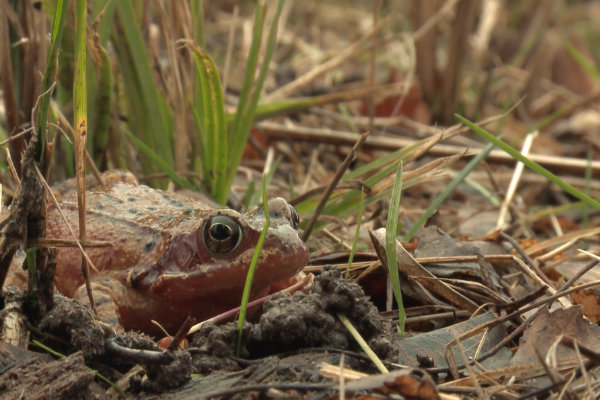Seminar friday 9 december 2022
 Environmental DNA (eDNA) as a tool for biodiversity monitoring
Environmental DNA (eDNA) as a tool for biodiversity monitoring
Julie Guenat, PhD student at the University of Lausanne, Switzerland
Friday 9 december 2022 at 11.00 AM, amphi Billet
Abstract
The current decline in biodiversity that we face is particularly alarming because of the known role of biodiversity in the proper functioning of ecosystems and the associated services they provide to humans. Conventional survey methods, which rely primarily on direct observations of species, can be time consuming, require considerable expertise for accurate species identification, and the detectability of cryptic species is largely insufficient. Recently developed environmental DNA (eDNA) methods now offer an alternative for studying these species, with improved sensitivity and taxonomic resolution. Here, I will illustrate the principles of this approach, its potential in biodiversity monitoring and its limitations, by presenting a study aimed at characterizing the breeding habitat use of local amphibian species in wet meadow expanse.
- extrait:
- lien_externe:
- kc_data:
- a:8:{i:0;s:0:"";s:4:"mode";s:0:"";s:3:"css";s:0:"";s:9:"max_width";s:0:"";s:7:"classes";s:0:"";s:9:"thumbnail";s:0:"";s:9:"collapsed";s:0:"";s:9:"optimized";s:0:"";}
- kc_raw_content:
 Environmental DNA (eDNA) as a tool for biodiversity monitoring
Environmental DNA (eDNA) as a tool for biodiversity monitoringJulie Guenat, PhD student at the University of Lausanne, Switzerland
Friday 9 december 2022 at 11.00 AM, amphi Billet
Abstract
The current decline in biodiversity that we face is particularly alarming because of the known role of biodiversity in the proper functioning of ecosystems and the associated services they provide to humans. Conventional survey methods, which rely primarily on direct observations of species, can be time consuming, require considerable expertise for accurate species identification, and the detectability of cryptic species is largely insufficient. Recently developed environmental DNA (eDNA) methods now offer an alternative for studying these species, with improved sensitivity and taxonomic resolution. Here, I will illustrate the principles of this approach, its potential in biodiversity monitoring and its limitations, by presenting a study aimed at characterizing the breeding habitat use of local amphibian species in wet meadow expanse.
- titre:
- intervenant:
- date:
